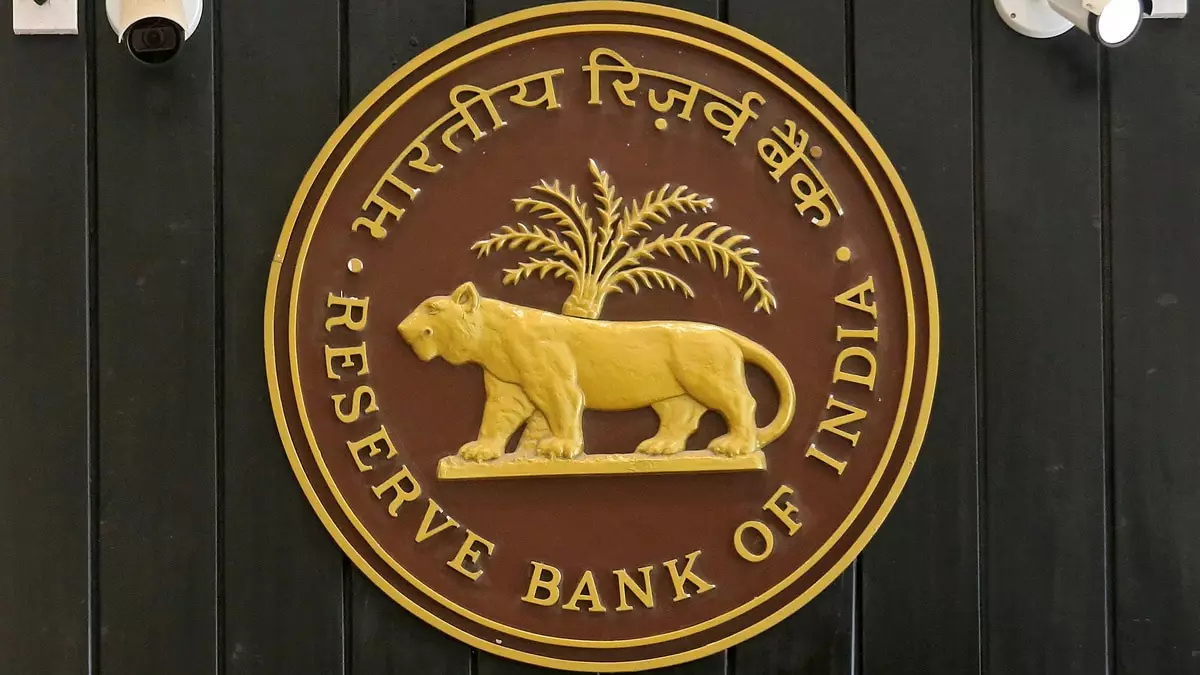The Reserve Bank of India (RBI) recently released its Financial Stability Report for 2024, highlighting both challenges and opportunities in the emerging field of asset tokenisation. This practice, although still nascent, involves converting real-world assets into digital tokens on a blockchain, a process that is gaining traction among various stakeholders, including investors and financial institutions. The report illustrates a dual narrative: while there is optimism surrounding this innovation’s potential to disrupt financial systems, significant risks lurk beneath the surface.
Asset tokenisation indicates a transformative approach to ownership and investment, allowing investors to buy fractions of assets which were once exclusive to a select few. Such an approach could lead to enhanced liquidity, particularly for illiquid assets like real estate or art, potentially democratizing access to investment opportunities. However, it raises pertinent questions regarding integration with existing financial frameworks and the broader implications for economic stability.
The RBI’s Cautious Optimism
In its report, the RBI characterized asset tokenisation as a burgeoning financial innovation that threatens to deepen the ties between traditional finance and the decentralized finance (DeFi) sector. The report emphasized a projected increase in tokenisation efforts by 2025, driven by a wave of regulatory advancements in various jurisdictions. This perspective, while acknowledging fast-growing interest among investors, is juxtaposed with caution regarding the untested terrain of this new financial frontier.
The potential for tokenised assets to exacerbate liquidity issues, create maturity mismatches, and introduce operational fragilities is a focal point of concern for the RBI. As asset tokenisation integrates with distributed ledger technology (DLT), vulnerabilities become magnified. The RBI’s report highlights that at this stage, the financial stability risks posed by asset tokenisation are somewhat contained, given it is in the early stages of adoption. However, the advent of increased participation could lead to unforeseen complications that challenge the integrity of traditional financial systems.
In addition to discussing asset tokenisation, the RBI reiterated its apprehensions regarding cryptocurrencies in the financial ecosystem. Throughout the past year, the central bank has closely tracked the volatility of crypto assets, reflecting a deeper commitment to understanding their macroeconomic implications. Citing a synthesis report from the International Monetary Fund (IMF) and the Financial Stability Board (FSB), the RBI articulated that the broad-based usage of cryptocurrencies could undermine monetary policy effectiveness, escalate fiscal risks, and challenge the very foundations of global financial stability.
As cryptocurrencies continue to evolve, the RBI remains vigilant in its oversight. The lack of a definitive regulatory framework in India signifies uncertainty, particularly when juxtaposed with the anticipated regulatory embrace of cryptocurrencies in the United States. The RBI’s findings underscore a broader theme; while traditional finance is adapting to the presence of crypto assets, the challenges they present to economic order are far from resolved.
Looking ahead to 2025 and beyond, the RBI’s report suggests that countries around the world will need to grapple with the accelerating trend of asset tokenisation and the complexities of integrating cryptocurrencies. The rush for clarity in regulations is vital, but should also prioritize financial stability as an overarching goal. The balance between innovation and security must guide policymakers to ensure that the natural flow of capital is not jeopardized.
As the dialogue around asset tokenisation and cryptocurrencies continues, it is crucial for stakeholders—including governments, regulators, and financial institutions—to collaborate in crafting frameworks that foster innovation while safeguarding economic stability. The future landscape of finance hinges upon the ability to navigate these intricate dynamics, ensuring that growth does not come at the expense of systemic stability.
The RBI’s insights serve as both a warning and a call to action, urging stakeholders to proactively engage with the evolving financial ecosystem. As 2025 approaches and regulatory landscapes shift, the responsibility lies with all participants in the financial chain to uphold stability and leverage the advantages of tokenisation without compromising resilience.


Leave a Reply